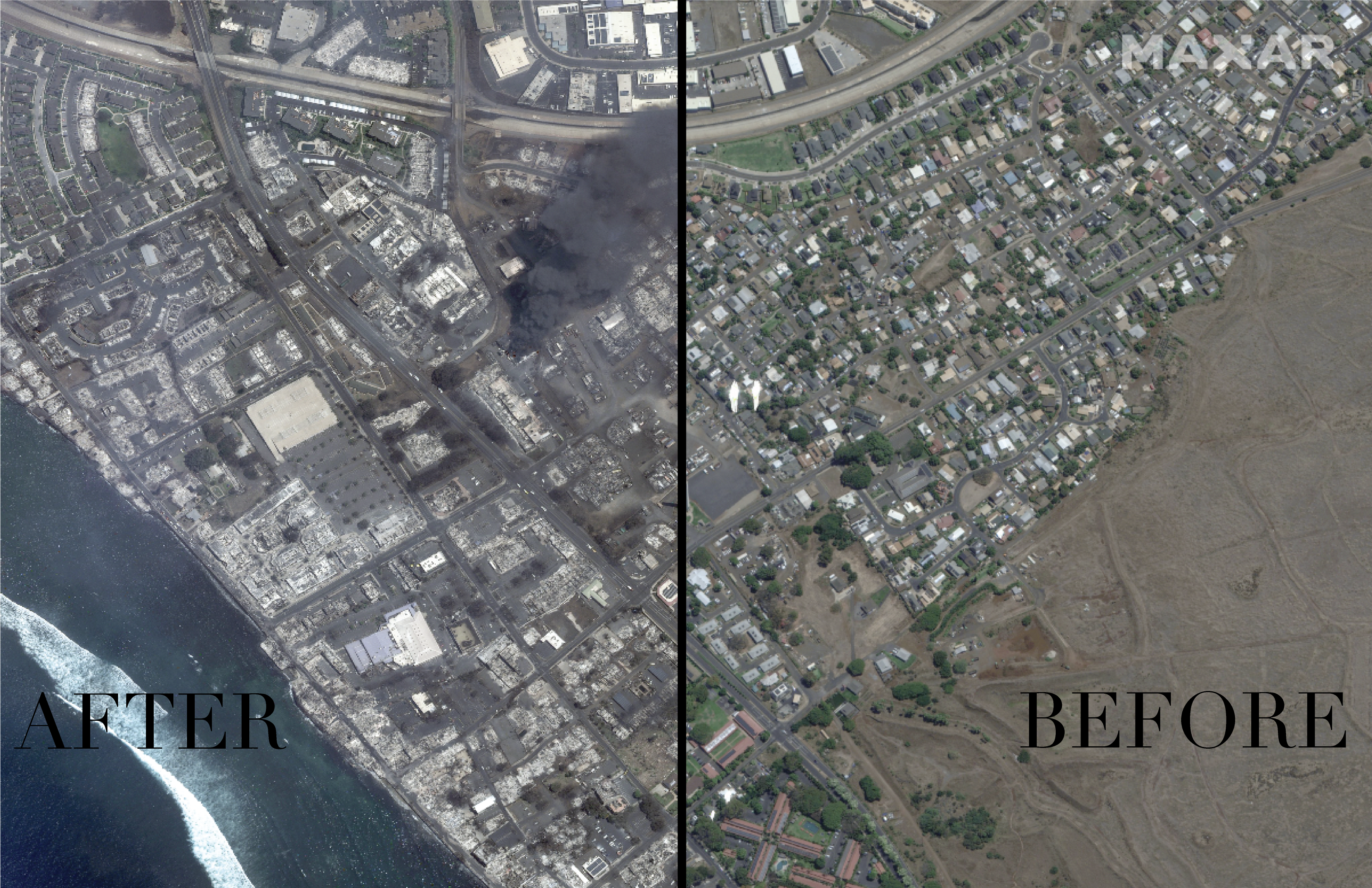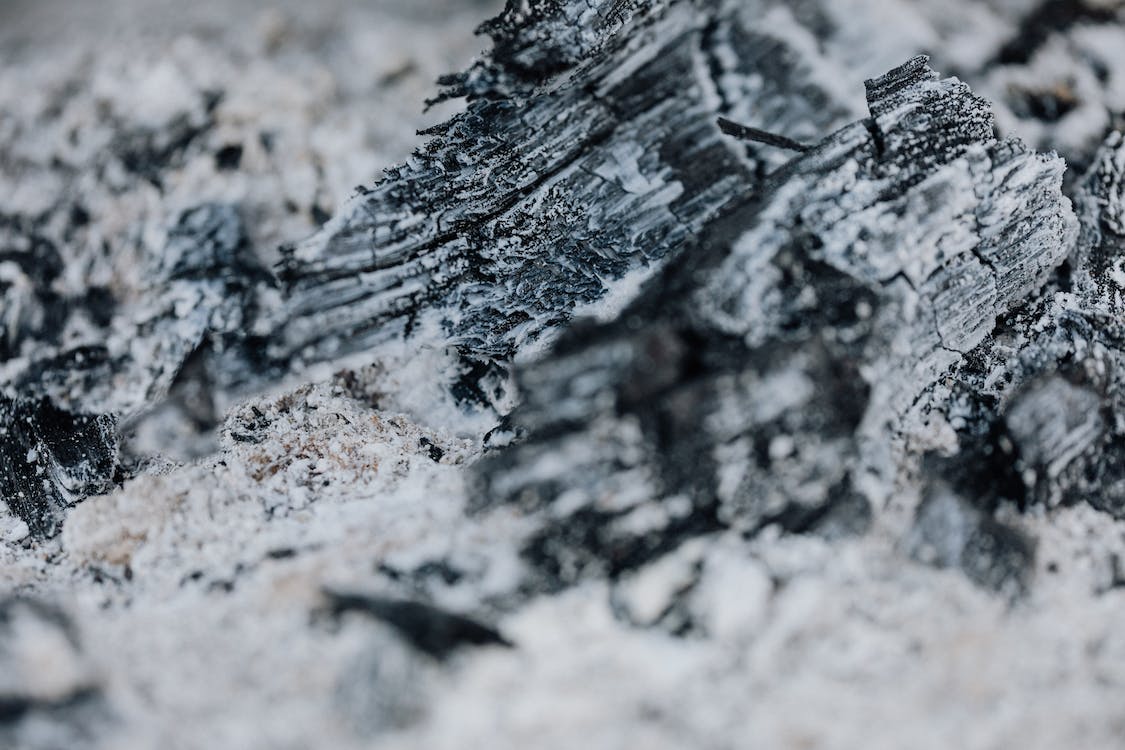This year, the United States experienced an anomalously tranquil fire year 2023, reminiscent of the milder summers from past decades. This deviation from recent trends offered a brief respite from the typically severe wildfire activity, particularly in the West. However, it’s crucial to note that this lull does not signal a permanent shift but rather underscores the ongoing challenges posed by climate change. All signs point to the temporary nature of this reprieve, as escalating risks of wildfires and extreme temperatures have long been the trend.
A Milder Fire Year 2023
Despite the calm season in the U.S., other regions, notably Canada and Maui, witnessed devastating wildfires, indicating the broader, global scale of this issue. The primary factor behind the subdued wildfire season was an unusual abundance of moisture during the previous winter across much of the West. Despite La Nina conditions, significant snowfall across the Sierra Nevada, Cascades, and Rockies contributed to higher snowpack levels. This increased moisture helped maintain longer snowpack and higher soil moisture levels, reducing the availability of dry fuel and therefore the spread of wildfires.

Before and After Imagery of Lahaina, Maui showing the destruction of the wildfire that swept through the town on August 8th of 2023 [Imagery: August 9th, provided by Maxar]
The Role of Weather Events
In California, the wet winter improved water reserves drastically, benefiting both reservoirs and agricultural needs. The state, known for its recurring droughts, experienced one of its most hydrated seasons in recent times. Fire Year 2023 season also benefited from well-timed weather events. Monsoon rains in Montana and Hurricane Hilary’s impact on Southern California brought additional moisture during the peak season, softening wildfire risks. Like the hurricane winds that caused the Lahaina fires, not all weather events aid in lessening fire activity. Another implication of climate change is it seems to bring an increase in cascading events contributing to the frequency and worsening of disasters.
The Evolving Nature of Wildfire Seasons
The concept of a defined “fire season” is becoming increasingly obsolete as climate change alters traditional weather patterns. Experts now focus on “fire years,” reflecting the year-round nature of wildfire risks. Despite the temporary downturn in wildfire activity Fire Year 2023, the challenges posed by climate change and the need for effective prevention and management strategies remain paramount. The ongoing efforts to mitigate these risks underscore the complexity and urgency of addressing wildfire threats in an era of climate uncertainty.




